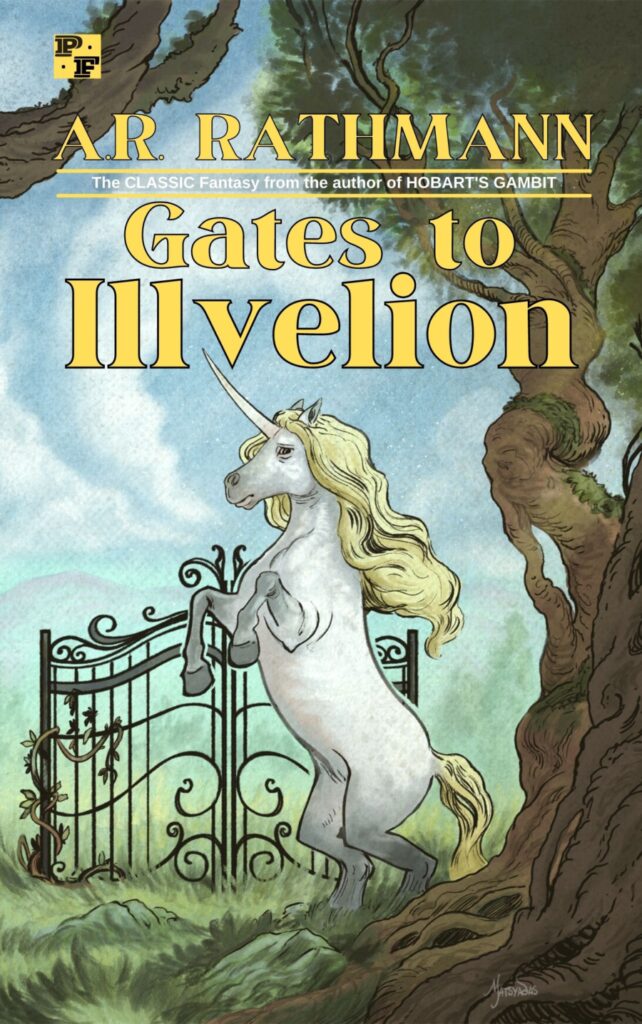This is the first rule of the Immaculate Heart College Art Department under the direction of Sr. Corita Kent.
I’ve decided to take one rule each week (hopefully) and try to live it out as fully as possible (while also continuing to live out the previous weeks’ rules).
Rule #1 is to find a place I trust and then try trusting it for a while. This place is my downstairs desk in my house. It’s kinda been my “place” since we bought the house and bought the desk, but I feel like this past year I haven’t been using the desk as much, for various reasons, and I’d like to get back to this “bliss station” and see how it helps me work.
I think I drifted away from the desk because I felt a bit lonely down here, like I was abandoning my husband and kids. But when I tried to work up in the main areas of the house (dining room, living room), I found that I was perhaps too available? Maybe? There are definitely more distractions up there. It’s warmer, both temperature-wise and relationship-wise, but maybe the slight cold and emptiness of the downstairs room desk is a good thing. I’m creating stuff to fill that void?
So I’ve been hanging out down at the desk this week, making a point to do morning pages here five-out-of-the-seven days, and also writing some fiction here too.
I’m trying to spend the time in this place, trying to give myself permission to be here. Thinking less about the work I’m doing and more about being in the place itself. I don’t know if that makes sense, but it’s a subtle shift that speaks to “trusting.”
I can’t trust a place if I don’t allow myself to dwell in it a bit. It can’t be transactional. If all I’m doing is trying to hit a word count or complete a task, then I’m focused on the end product, on the thing and not on the place. Nothing wrong with focusing on the thing, but I feel like trusting the place requires that I spend time there, emphasizing the dwelling and not necessarily the doing.
Though what I’ve found is that once I settle into my downstairs desk and allow myself to be fully present in this place, I end up getting a lot done. It’s me saying, “I’m here. What shall I do while I’m here?” For whatever reason, that trust — the trust that says, “I will end up doing something fun and worthwhile here” — has resulted in me having lots of fun and doing stuff that feels worthwhile.
Part of that trust is also accepting that when I come downstairs and place a little distance between me and my family, it’s a good thing. It’s like Madeleine L’Engle’s need to go to the brook in the afternoons at her farmhouse:
“I used to feel guilty about spending morning hours working on a book; about fleeing to the brook in the afternoon. It took several summers of being totally frazzled by September to make me realize that this was a false guilt. I’m much more use to family and friends when I’m not physically and spiritually depleted than when I spend my energies as though they were unlimited. They are not. The time at the typewriter and the time at the brook refresh me and put me into a more workable perspective.”
I don’t stay in my place all day long. It’s a respite. A short span of time, but a very full and meaningful span, and by trusting that it will refresh me, it does.
I can’t say I’ll always be able to do my creative work at my downstairs desk. Sometimes the place I must trust will change. But for now, I’m glad to have this place. I’m going to keep trusting it for a while.








